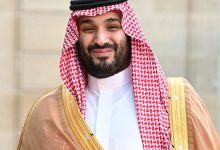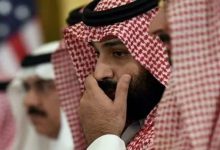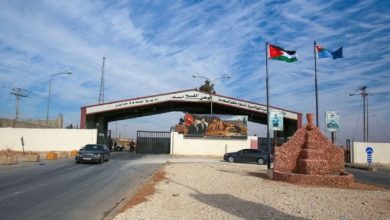The 1970s Saudi-US Diplomatic Chess: Kissinger, Prince Fahd, and Hidden Alliances

In the mid-1970s, as global politics swirled with tension, Saudi Arabia’s internal dynamics and its relationship with the United States underwent significant shifts. At the heart of this transformation was a series of covert diplomatic maneuvers, with Saudi Foreign Minister Omar Al-Saqaf and US Secretary of State Henry Kissinger playing pivotal roles.
Kissinger, sensing the urgency of the moment, took swift actions. He meticulously edited official records of Saudi-American meetings, omitting sensitive details. But his masterstroke was to recalibrate the US-Saudi economic relationship. This strategic move was designed to counter threats from Al-Saqaf, who had hinted at replacing American alliances with European and Japanese partnerships and had even dangled the possibility of another oil embargo.
Interestingly, Kissinger’s overtures were not directed towards King Faisal or Al-Saqaf. Instead, he turned to the influential Sudairi faction of princes, led by Prince Fahd bin Abdulaziz. The formation of the “US-Saudi Joint Economic Cooperation Committee” was a testament to this new alliance, with Prince Fahd at its helm.
Members of this committee, including princes Fahd, Sultan, and Salman, were joined by other influential figures like Prince Mosaad bin Abdulrahman Al Saud and Ahmed Zaki Yamani. Their collective vision was clear: a renewed Saudi-US partnership that would diminish the kingdom’s reliance on other global powers.
However, this clandestine diplomacy was not without its challenges. US Ambassador James Akins expressed reservations about King Faisal’s potential backlash, given the monarch’s history of reining in Prince Fahd’s international endeavors. Moreover, the ambassador was taken aback by the enthusiasm of the Sudairi faction. In a candid revelation, Prince Sultan confided in Akins, hinting at Prince Fahd’s imminent rise to the throne.
The situation took another twist when Al-Saqaf, then in the Philippines, got wind of these developments. Feeling sidelined, he reached out to Ambassador Akins, voicing his displeasure and asserting Saudi Arabia’s financial clout and independence.
By June 1974, Kissinger’s diplomatic finesse bore fruit. Despite reservations from King Faisal and Al-Saqaf, Prince Fahd visited the US, culminating in the signing of the agreement on the “US-Saudi Joint Economic Cooperation Committee.”






